May 01 2018.
views 962
In the wake of cinema, costume is no exception. For a character to define context, it is imperative that their costumes provide cohesiveness. A designer’s challenge then lies in strongly ensuring both; concept and imagery. One at a time, the CineStyle is here to explore the various styles pulled by fashion designers for the cinema industry, how these garments commit to moments, elevate one’s experience at the behest of purpose and why they don’t easily fade away post-credits roll.
Months may have passed since the release of ‘Black Panther’ but here’s the thing, Wakanda came to slay. What? Wakanda came to stay.
Valuing African heredity and heroes rather than ‘hooligans’, the movie was based on Jack Kirby’s comic series starring a superhero of pure African lineage. Unquestionably, its broader propulsion only proves the brazen attempts of one marginalised population to claim home. Why?
Let’s consider the 60s America keeping the Atlantic slave trade also in mind. The formation of ‘Black Panther Party’ by a few armed folks in perfectly round Afro hairstyles, black shades, black leather jackets, and swagger was a clear indication of the racial injustice perpetrated on black Americans by a white supremacist system. Worse, such brutalities didn’t occur at intervals but on the streets, everyday.
In this context, what could have been if nothing like it happened to these people for simply being black and where would they call home far from home? To address in such a way means to imagine, re-imagine, reclaim, de-colonise, and empower generations to come. This is how director Ryan Coogler shook out an Afrofuturistic script with sheer ingenuity.
Even so, having recognised the coalescing of actual Africa to fictional Wakanda, we take a look at some of the diverse ethnic groups whose exclusivity and mannerisms dazzled the film’s costume department.
Lip Plate
The giant lip plate worn by the River Tribe elder was procured from the Mursi tribe, an egalitarian group in Ethiopia where the lip plate represents not only for the purpose of self-esteem but also as a major tourist attraction. Predominantly worn with pride by Mursi women, during their teenage years before marriage, either the mother of the girl or another woman, cuts open the lower lip allowing the wound to heal for about 3 months until after a disc made of wood or clay is inserted. The disc size varies and this remains a choice rather than forced.
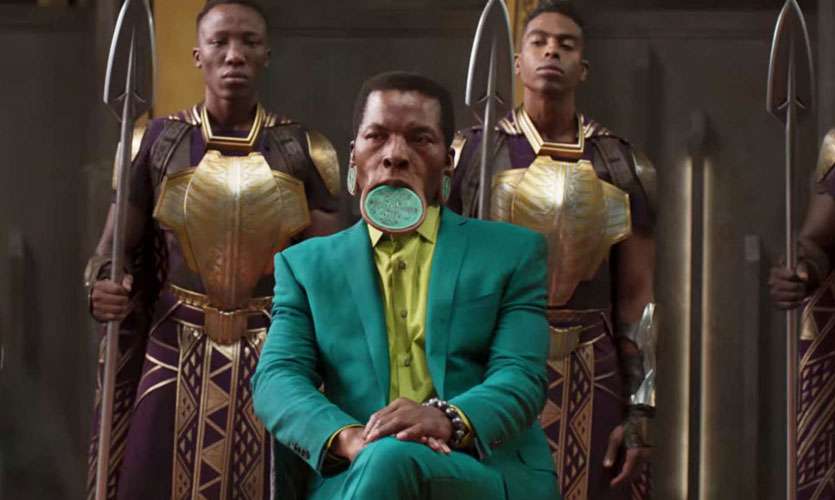
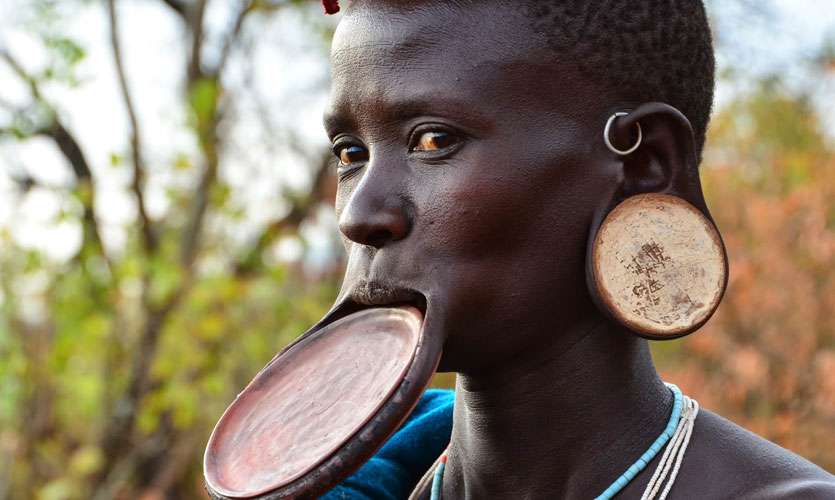
Basotho Blanket
Another striking rarity is the Seanamarena (Basotho blanket) which holds significance among the Sotho people of Lesotho. Upon tracing its origin, the story tells the tribal blanket was received by the then King Moshoeshoe I as a bounty from an Englishman Mr. Howell in 1860.
The texture of the blanket consists purely of wool (88%) and 12% cotton. Today it is the attire for important ceremonies in a Lesotho society such as Independence day, weddings and male circumcision rituals. Quite often, actor David Kaluuya as W’Kabi (T’Challa’s best friend) is seen in the Wakandan version of this blanket swathed around his neck - as a shield with the inclusion of silver Adinkra symbols. Followed by a stern colour palette in the movie, the choice here is similarly blue as described by King Moshoeshoe I in an account when he considered “a handsome railway wrapper made of light blue pilot cloth, heavy and hairy” to his leopard skin karosses.
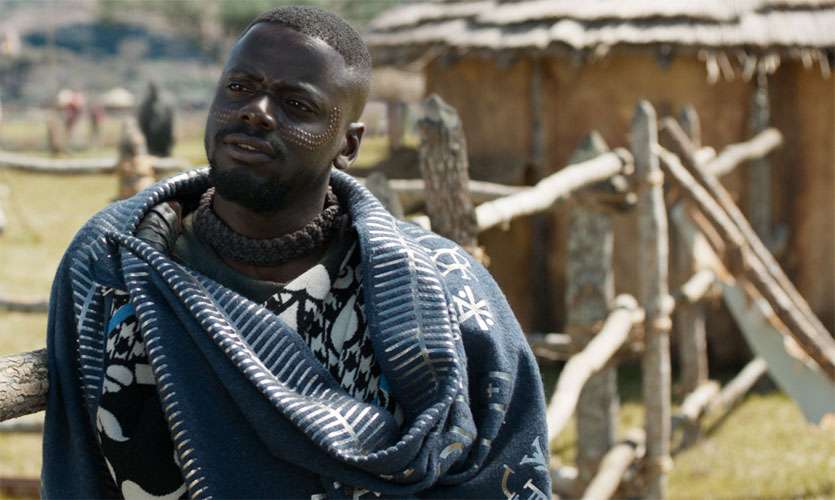
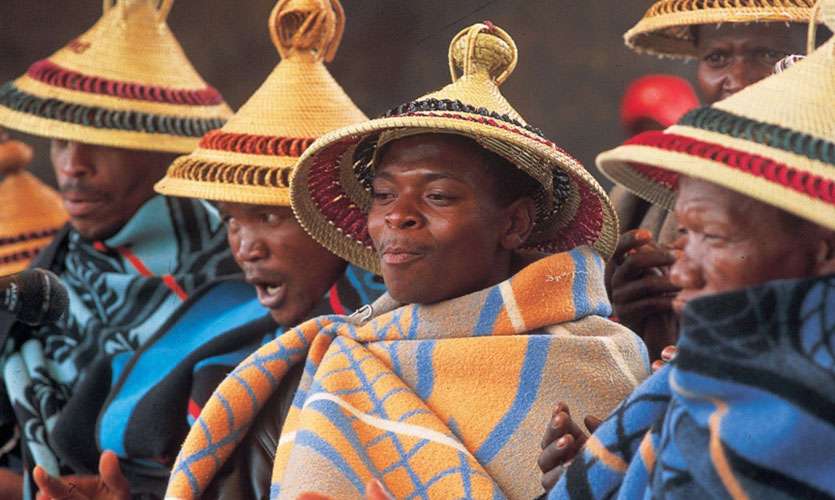
Scarification
For the iconic chest marks on arch-rival Erik Killmonger, portrayed by Michael B. Jordan, makeup designer Joel Harlow and crew, painstakingly spent months using silicone moulds to form each hash mark that later amounted to more than a hundred. In a cultural sense, this is supposed to be a form of body art practiced by West African ethnic tribes. The skin is cut by a traditional healer without anesthetics but at the cost of spewing a profusion of blood. So the pain successfully endured validates adulthood, leadership, strength, and power.
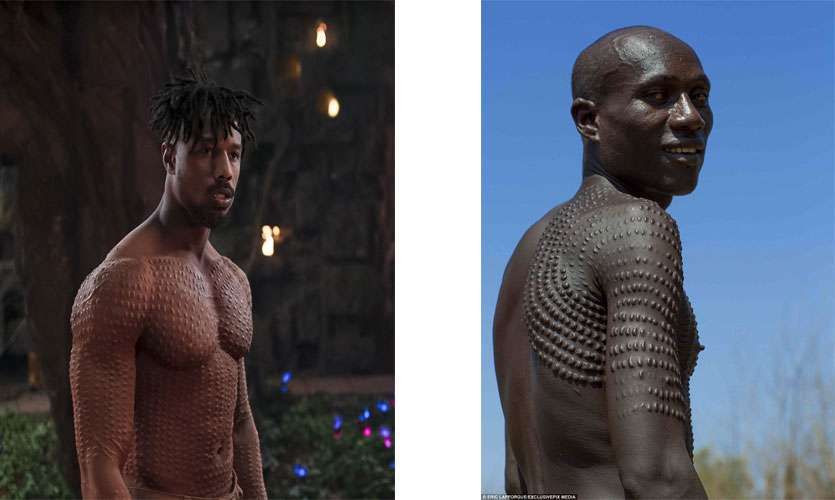
Zulu Head-dress
Upon seeing him for the first time, T’Challa’s mother, Queen Ramonda who is portrayed by Angela Bassett, elegantly shows off her mammoth Zulu headdress known as ‘Izicolo’. Unlike the use of modern 3D printed innovations drafted by Coogler, the traditional hat is a composite of grass with the weaving of red or white cotton thread. Different tribes consider different shapes and sizes but follow the traditional method where it is first measured accordingly then sewn into the hair that is straightened and anointed with herbs, so as not to be taken off by a married woman to look unmarried. In the wake of the hat’s corrosion on the woman’s head after months of donning, the above procedure is redone.
Although originated from the South African Zulu nation, if plausible to add, it intriguingly echoes the cylindrical headdress of the ancient Egyptian queen, Nefertiti.
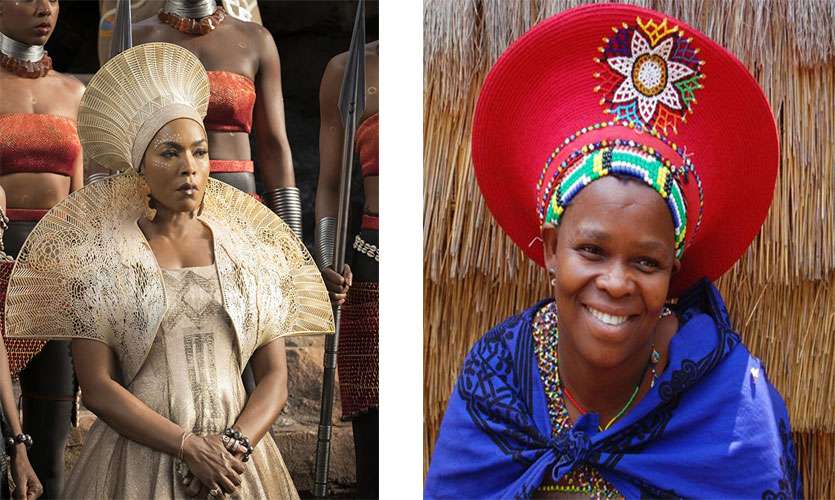
Himba
Connie Chiume as Mining Tribe Elder shines with her ochre locks influenced by the Himba women of Namibia. While their men folk refrain from such a peculiar custom, each morning, before work begins with the livestock, the women generously rub ‘otjize’, a thick paste of butter, fat and red ochre bolstered by rich aromatic resin onto their skin and hair eventually emitting a reddish maroon tint. More than to survive insect pests and merciless droughts, it is viewed as an aesthetic drill.
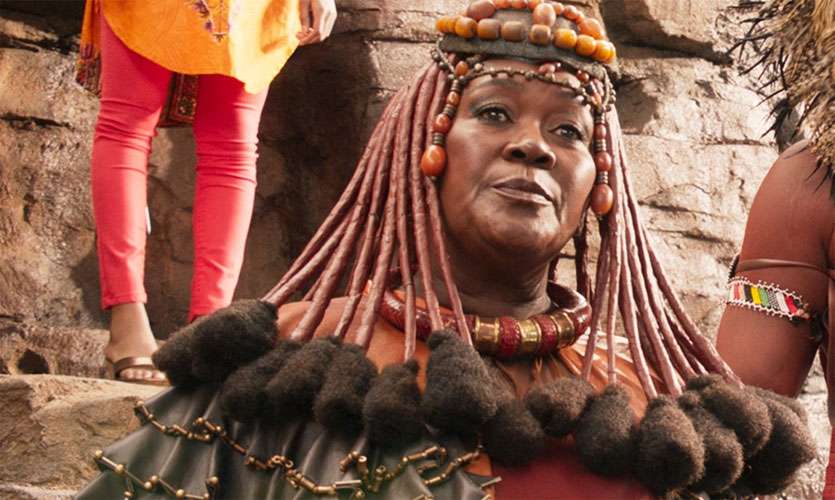
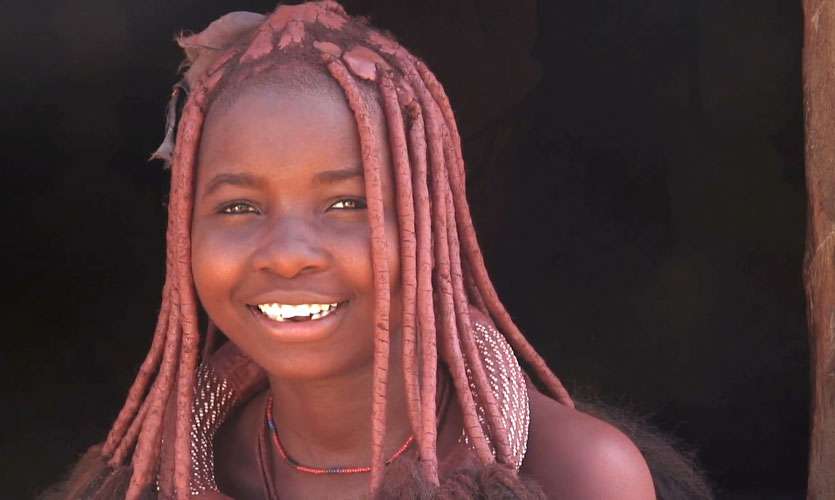
Neck Rings
The idea of toying with two different cultures is rife among the fierce Dora Milaje clan of Wakanda. According to costume designer Ruth Carter, their outfits carry neck coils worn not only by the Kayan women of Myanmar in Asia but the South African Ndebele tribe women, too. A symbol of marriage and social status, the rigid ornament takes up an entire throat area resulting in an elongated neck. The number of rings determines how wealthy a husband is. Little girls are expected to wear it before reaching puberty to get used to the pressure. When Carter realised its discomfort, special neck rings were created using rubber for the movie.
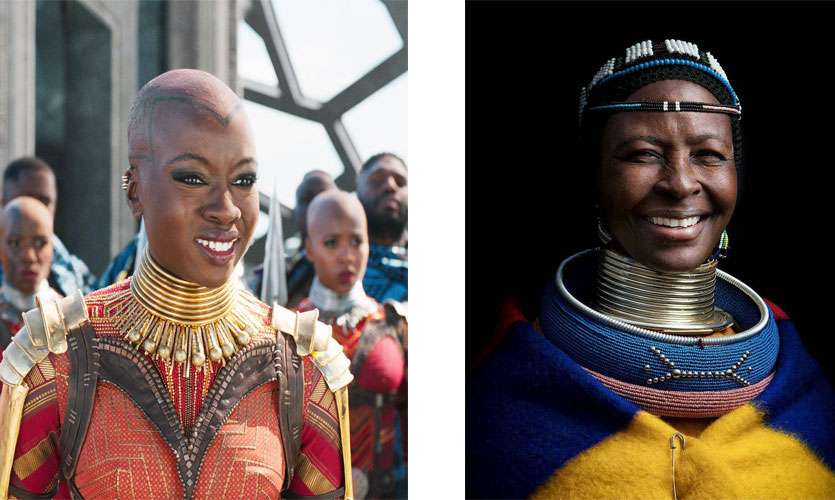
Dashiki
A unisex loose shirt garment, the dashiki comes with vibrant prints and intricate embroidery work. The name ‘dashiki’ coined by one Jason Benning in 1967, is a derivative of “danshiki” or “dan ciki” meaning “shirt” in Yoruba and Hausa, the official languages spoken in West Africa where the dashiki is said to have originated. Today, it is worn by Africans around the world especially during Black History Month to commemorate Afrocentric pride.
In non-colonised Wakanda, we see T’Challa sporting body-fit dashikis which could easily pass for an Indian sherwani or the Arabian thawb.
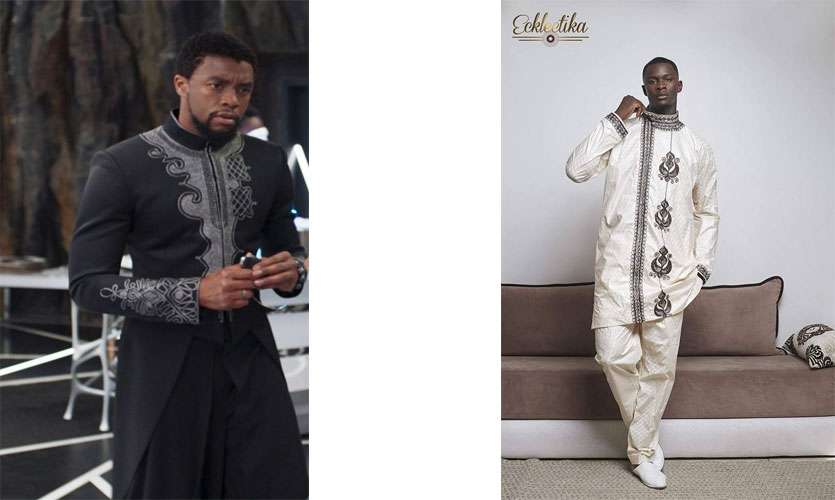
Karo Face Paint
Ethiopia’s indigenous Karo tribe dwelling by the banks of Omo River relies heavily on makeup and beauty. For this, both sexes ardently participate in an ostentatious face and body decoration to appear more attractive to each other. The procedure requires local white chalk, charcoal, yellow mineral rock and iron ore mixture. Simple dots or thick blots are traced using a palm or finger. We can allude this to Shuri (Letitia Wright) who appears with a modern look of the face paint.

Tuareg Scarf
Everyday Wakandans can be glimpsed in large scarves running around the head and face like the men of Tuareg from the Sahara desert. Hailing from a highly matrilineal society, it was the practice of an adult male to adorn a blue shawl in the presence of their women, strangers, and in-laws for modesty.
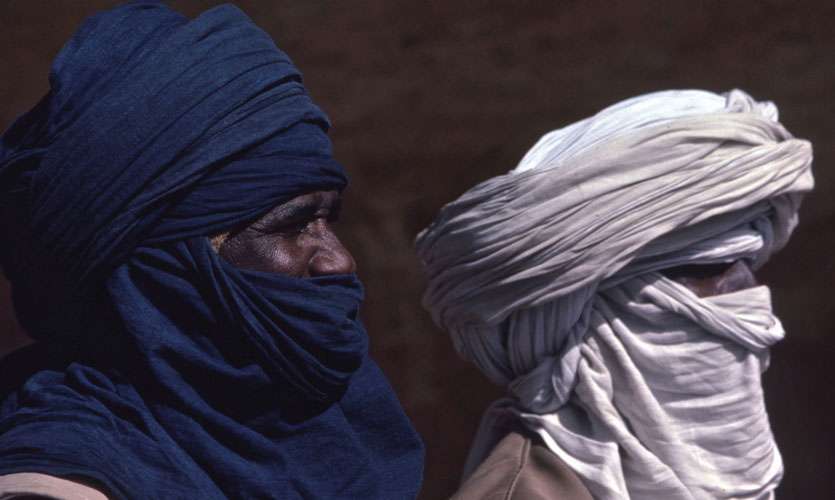
Kente Sash
The visually prominent sash that decorates T’Challa’s neck by the end of the movie strongly intertwines with the Akan-Ashanti kingdoms of Ghana. In the beginning, birthed by a village in Bonwire which has produced many kente weavers to date, the kente cloth was worn by elites and political chiefs only. Present day kente is donned by African Americans upon academic graduation. While the patterns in kente cloth are vast, each colour bears symbolic references. In the case of colour choice, gender seems to carry more weight. Women usually opt for purple, light blue, and pink with males fancying black, dark blue, and dark green.
The oldest kente design is still in existence with the patterns reading: “God is great and never give up.”
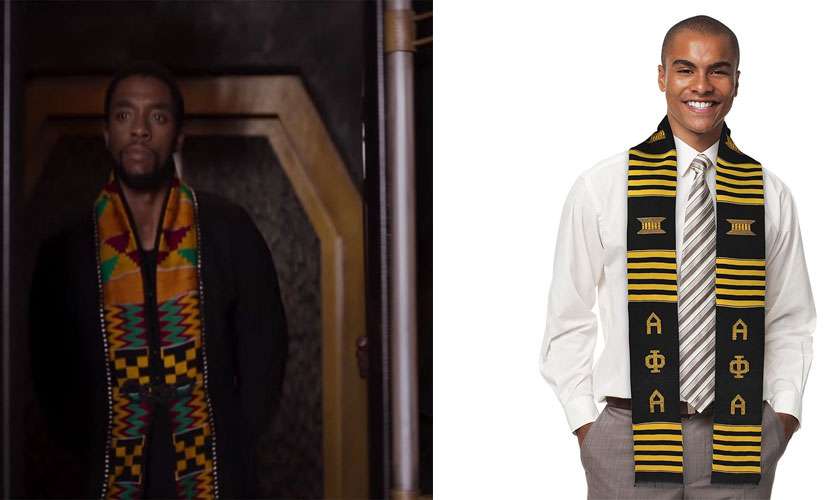
Igbo Mask
It’s interesting to note that the long-horned mask with a bushy mane Erik Killmonger robs during a visit to the London museum has picked up influence from ‘mgbedike’ or “the time of the brave”, a traditional artifact of the Igbo clan from Nigeria.
The men wearing Mgbedike masks are supposed to express bravado and aggression in the midst of opposing the maiden spirit mask that represents femininity. By infusing both, animalistic and humane features, it is emphasized by an open mouth, animal teeth, towering horns and wooden blades.
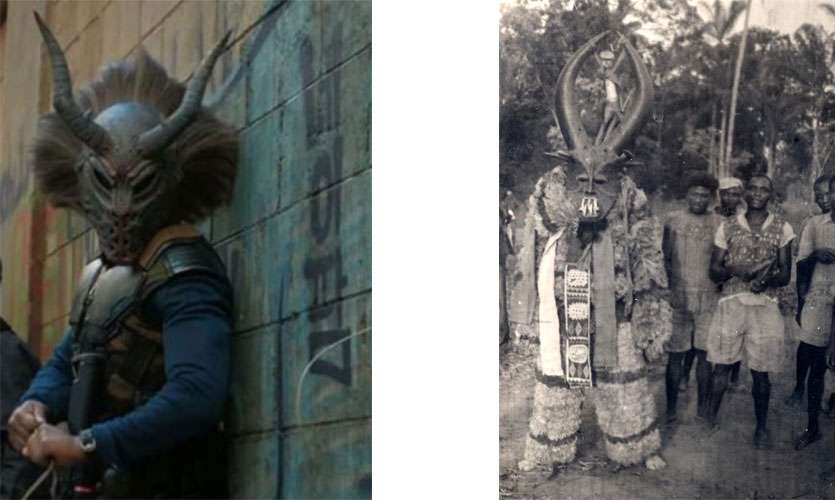
Agbada Robe
In her blog, Carter admits: “creating this look for Forest Whitaker was not simple.” Of course! Spiritual leader Shaman Zuri’s purple flowing robe was very detailed yet a complex piece. This attire is popularly known as ‘agbada’ by the Yoruba folks of West Africa. A further source claims it isn’t exactly African but was first introduced by the Arab merchants of the Mediterranean coast as ‘riga.’ Having undergone countless alterations throughout the centuries, its grandeur still remains champion.
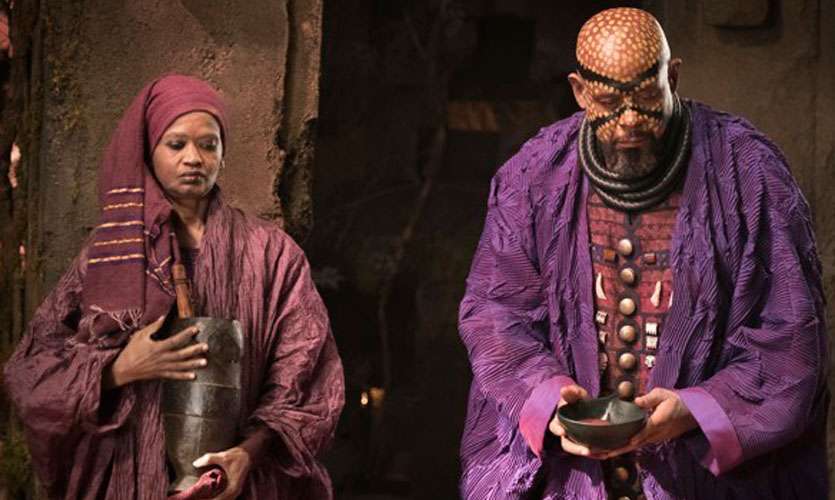
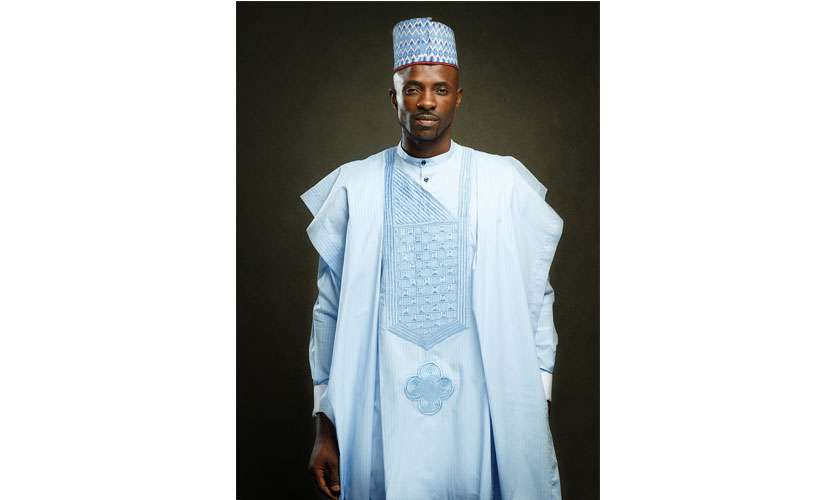
Bantu Knots
Shuri might have used the Wakandan knot but it surely replicates Bantu knots. While exploring this African hair updo, we are taken far back to its first documentation in 1898. Seemingly, the Bantu knot originates from the Zulu tribes who belong to one of the Bantu groups.
Despite the cultural appropriation sizzling around it today, many Black music celebrities in the likes of Rihanna and FKA Twigs are seen with ravishingly graceful Bantu knots.
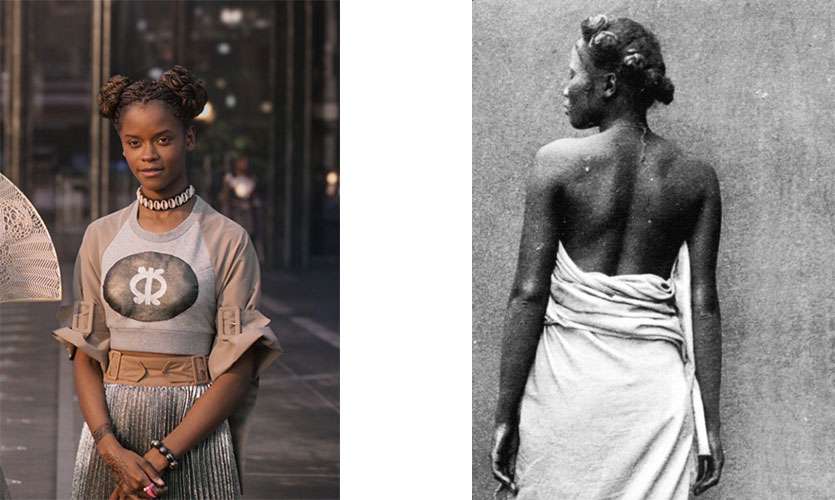
0 Comments